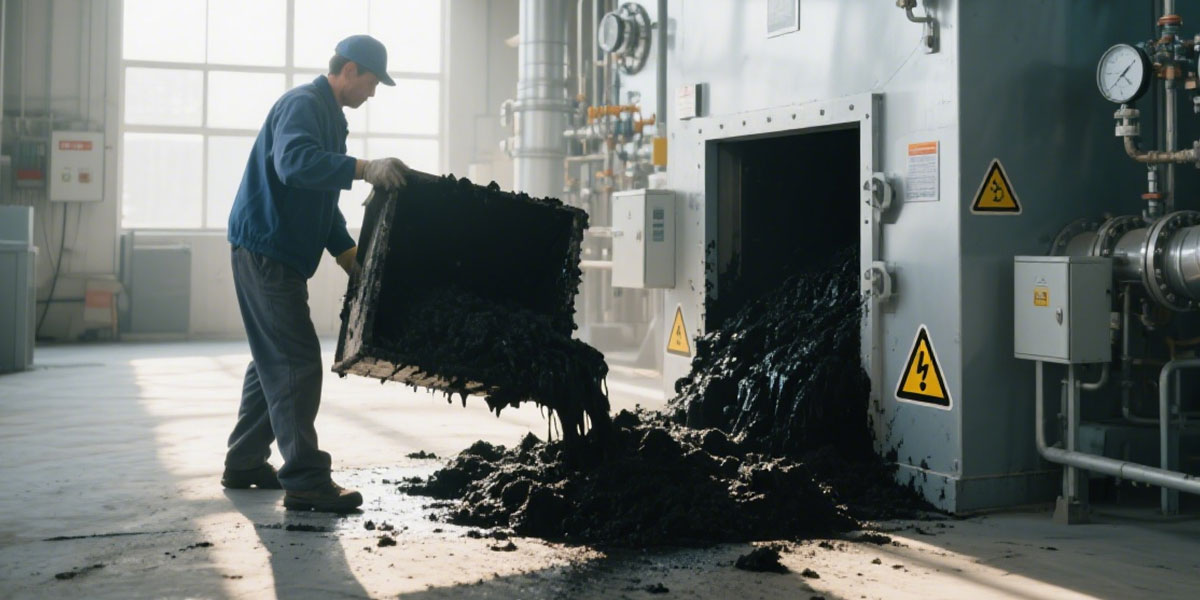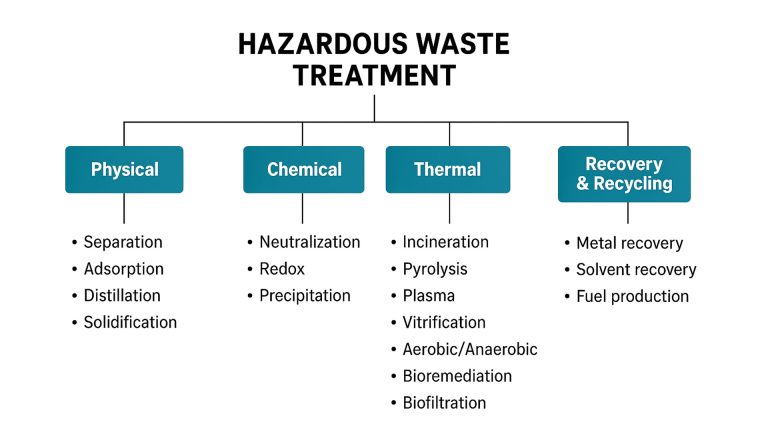Biomass Carbonization Plant is a new type of sludge pyrolysis treatment equipment in recent years. It converts sludge into biochar, bio-oil and synthesis gas in an oxygen-free high-temperature environment. The entire sludge pyrolysis and carbonization process includes three main stages: drying, pyrolysis and carbonization.
- The drying stage is mainly to remove moisture from the sludge.
- The pyrolysis stage is to decompose organic matter into small molecules at high temperature.
- The carbonization stage is to further convert the remaining solid matter into biochar.
During this sludge pyrolysis carbonization process, harmful substances in the sludge are either decomposed or fixed in the biochar structure. This achieves the reduction, harmlessness and resource utilization of sludge.
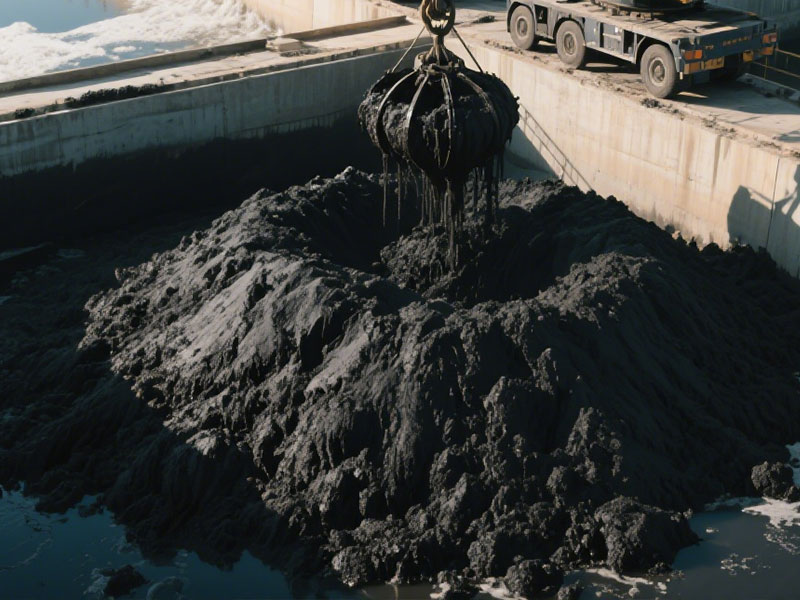
Sludge Pyrolysis to Charcoal Process
Since sludge usually has a high water content (up to 80% – 95%) and complex composition, the pretreatment of sludge before pyrolysis is crucial.
The sludge is dehydrated to reduce the water content of the sludge to a level suitable for pyrolysis carbonization (less than 15%). On the other hand, the sludge is crushed, screened, and processed to make the sludge particles uniform in size (less than 20mm). This ensures uniform heat transfer during the sludge pyrolysis process and improves the pyrolysis efficiency.
The sludge pyrolysis process can be divided into three stages:
- At low temperatures, 35~160 ℃ mainly causes evaporation of water and slight pyrolysis of easily degradable fatty compounds.
- 300~500 ℃ is the main pyrolysis weight loss stage of sludge. The organic macromolecules undergo decarbonylation (—C=O—), decarboxylation (—COOH), dehydroxylation (—OH) and other reactions to generate small volatile products. These mainly include gases such as H2, CO, CH4, CO2, and macromolecular tar substances such as long-chain hydrocarbons and benzene, as well as solid residues.
- When the pyrolysis temperature is >500 ℃, the macromolecular tar components undergo further decomposition, and the yield of small molecule gases increases.
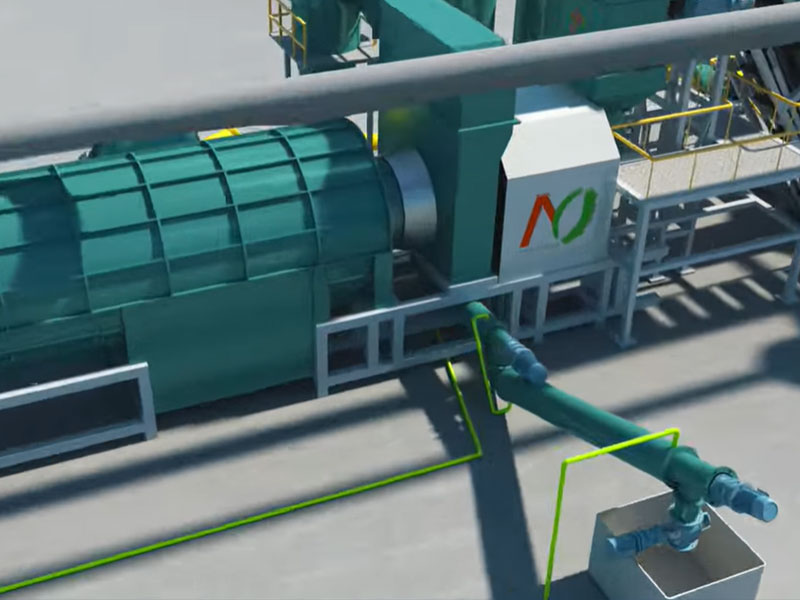
The products of sludge pyrolysis and carbonization need to be post-processed to obtain high-quality biochar, bio-oil and syngas. Biochar needs to be cooled for easy collection. Bio-oil needs to be separated and refined to remove moisture and impurities to improve its calorific value and stability. Syngas needs to be purified to remove harmful substances, such as tar and hydrogen sulfide.
Sludge Carbonization Plant Advantages
Biomass pyrolysis equipment can reduce pollutants and sludge volume in sludge through pyrolysis and carbonization technology, and achieve carbon fixation and emission reduction. It can also improve its resource attributes, achieve carbon sinks, and promote resource and energy recovery in the sludge disposal industry.
Sludge pyrolysis carbonization plant converts sludge into biochar. Biochar has the characteristics of large specific surface area and rich surface oxygen functional groups. It can be used as a catalyst, adsorbent and soil conditioner. During the sludge pyrolysis carbonization process, 93.94% of the C element is converted into aromatic carbon and fixed in the biochar, and 92.43% of the C element is in a stable state. The pyrolysis gas produced can generate carbon sinks for power supply.
At present, sludge carbonization products are mostly used to prepare catalysts, adsorbents and soil conditioners.
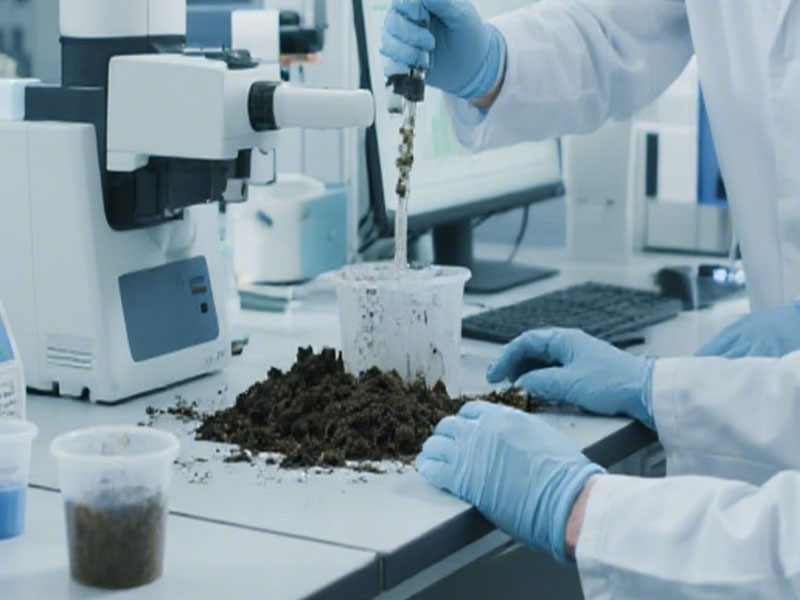
Sludge Carbon Emission
According to the accounting criteria provided by the Intergovernmental Panel on Climate Change (IPCC) of the United Nations, combined with the life cycle assessment (LCA), the carbon emission accounting of the sludge treatment and disposal path was carried out. It was found that compared with the traditional sludge landfill and incineration processes, pyrolysis has less carbon emissions.
Based on the application of sludge carbon materials, the carbon emission accounting model established by Zhang Zhao was used, that is, total carbon emissions = direct carbon emissions + indirect carbon emissions.
Carbon emissions from sludge pyrolysis were calculated, and the total carbon emissions in the pyrolysis stage of sludge were 168.47 kg/t wet sludge, and the direct carbon emission reduction was 58.87 kg/t wet sludge. The pyrolysis carbon emissions of 1 t dry sludge were 182.15 kg, and the carbon in the sludge was regarded as neutral carbon.
Using carbon emission reduction = direct carbon emission reduction + indirect carbon emission reduction, it was obtained that pyrolysis treatment of 1 t dry sludge can achieve a carbon emission reduction of 629.92 kg.

